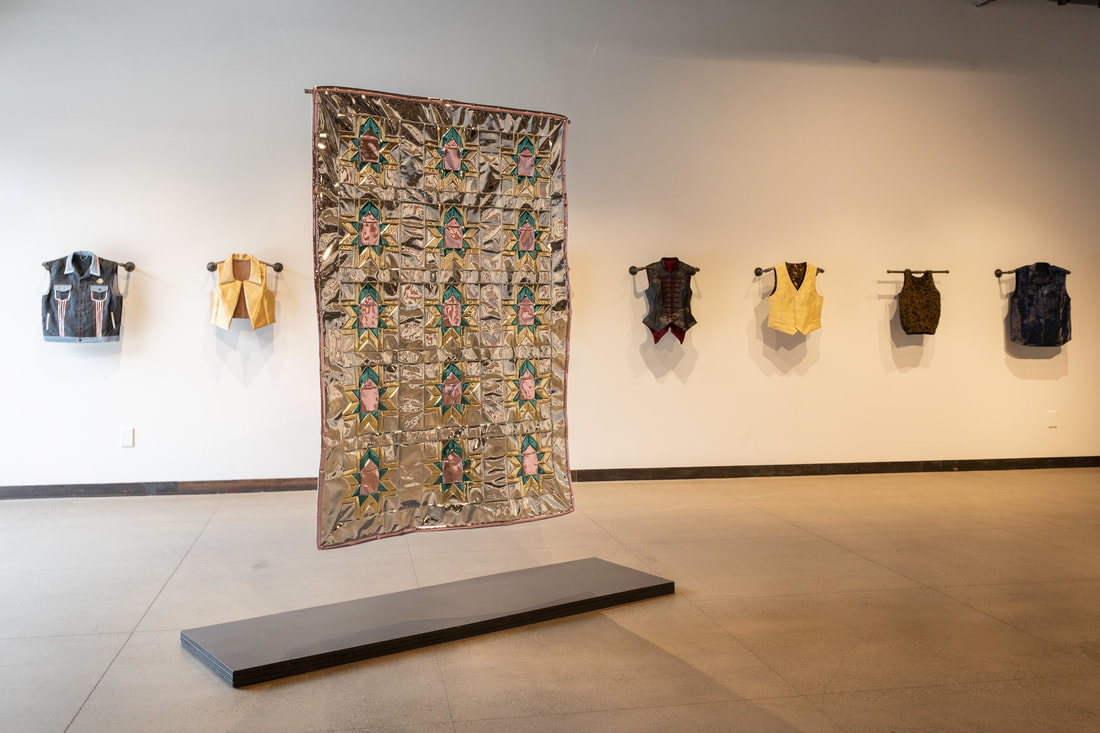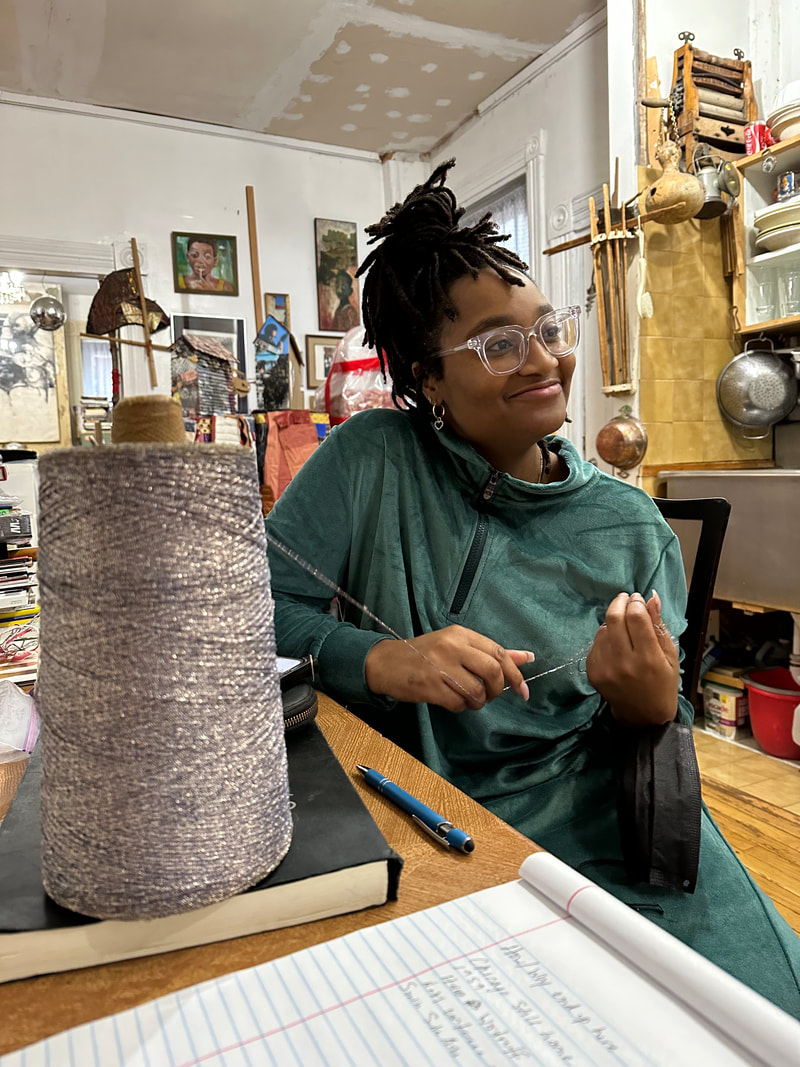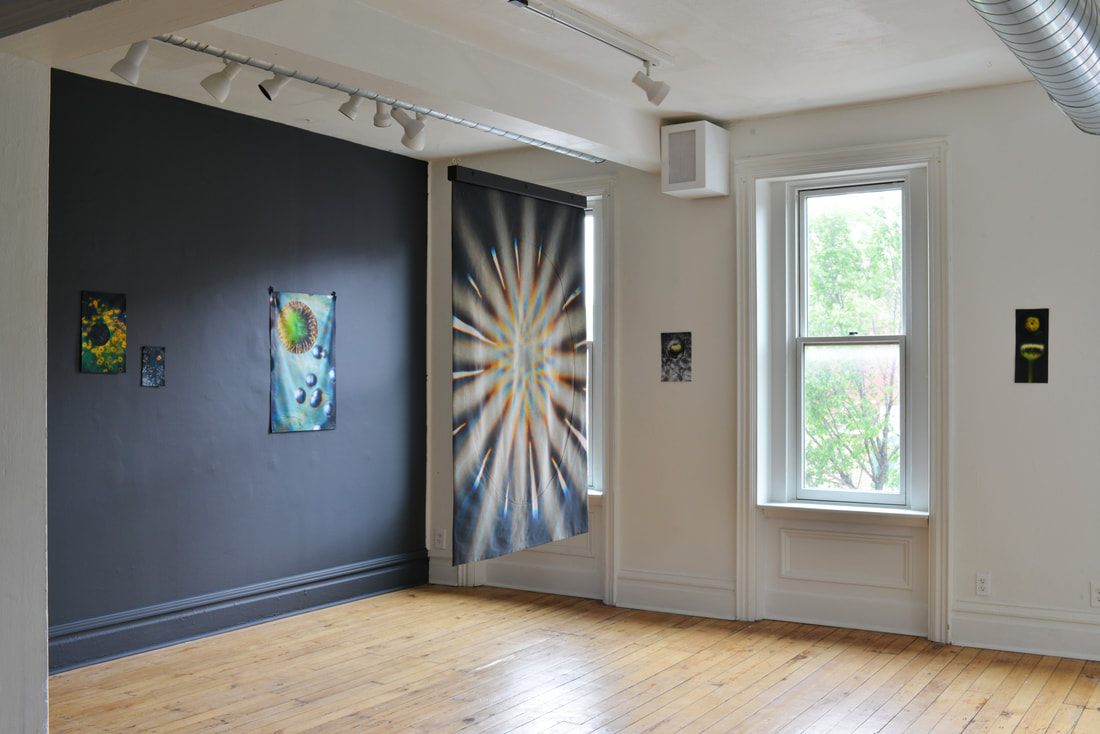
by Kira Bell
Series edited by Harrison Kinnane Smith and Anna MirzayanThe views and opinions expressed in this article are solely those of the author. They do not reflect the opinions or views of Bunker Projects or its members.
The Bunker Review is pleased to introduce our first serial publication, Information, Intimacy & Immateriality, a small collection of essays by artist Kira Bell.
In these essays, Bell advocates for an intrinsically cross-disciplinary and multi-perspectival approach to processing and communicating knowledge. To construct her argument and demonstrate its potential, she draws on disparate fields of knowledge and deploys a surprisingly acute combination of original figures and analogies. We at the Review read Bell’s call for an expansive reconsideration of our conventions of perception and communication as exceedingly timely. Since 2020, technology has only hastened along its exponential trajectory in reshaping the ways we experience, discuss, and create visual art. To engage with the constellation of perspectives from which Bell has constructed Information, Intimacy & Immateriality (her “sculpture made out of words”) is to confront our shifting relationship to image, object and symbol head-on.

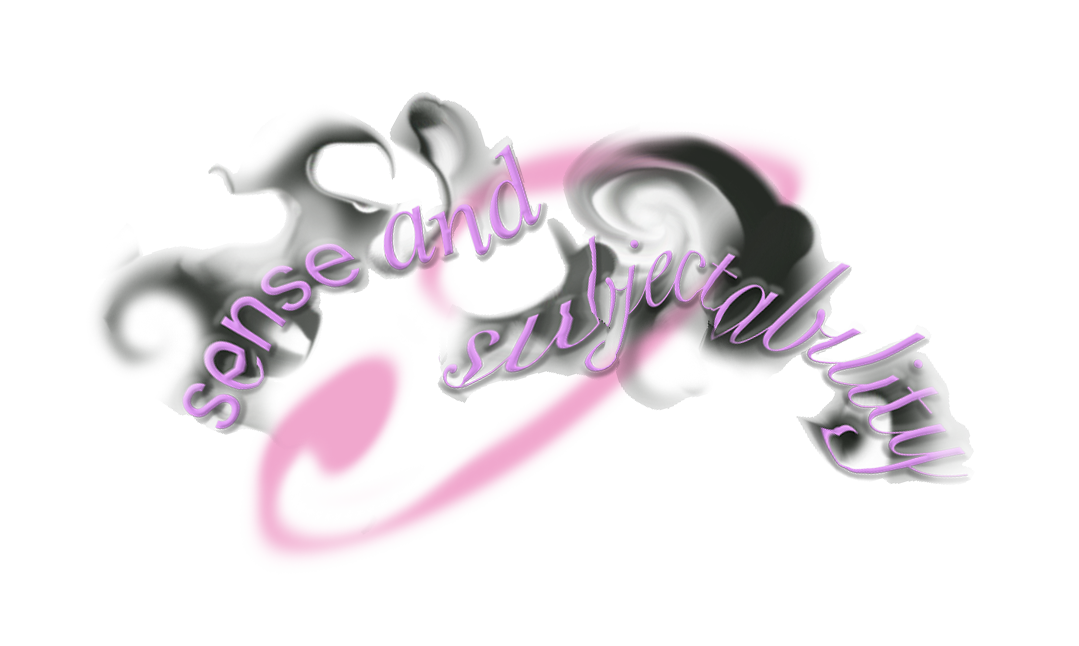
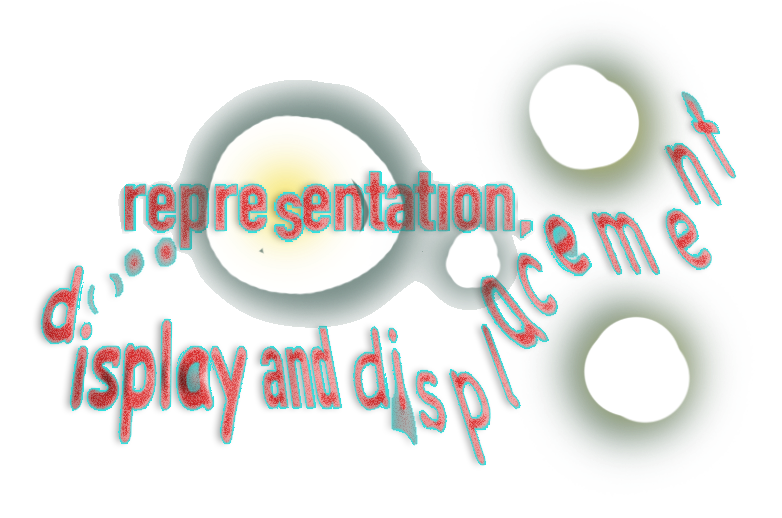

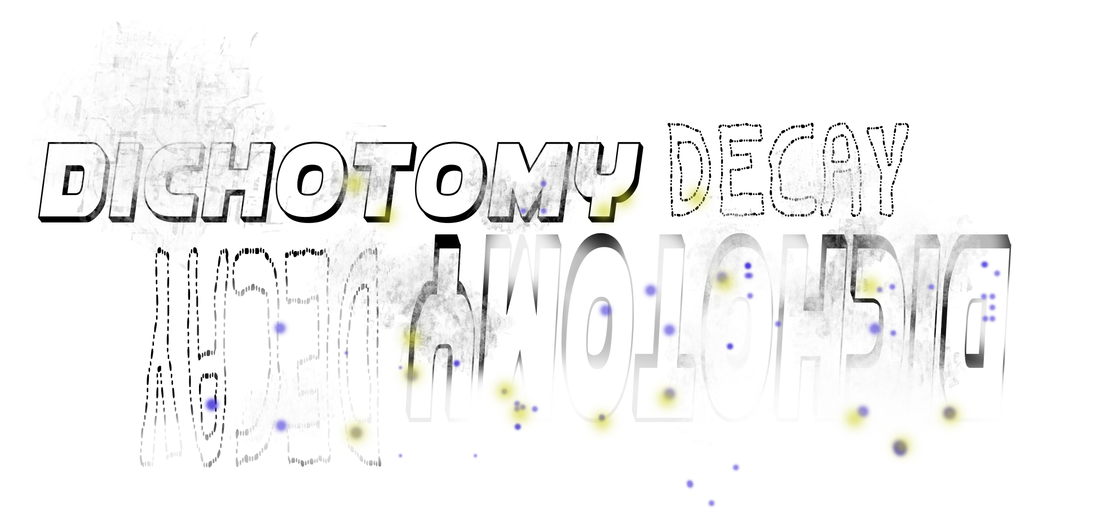

Being good at cooking is not about having particular skills. It is about knowing the superstructure of a dish – knowing the outcome you want and how certain ingredients will interact with each other to achieve that outcome. The same could be said of drawing, sewing, or talking. In many ways, the process of learning is about interaction. It requires forging an intimate relationship with information. It takes time and attention. Intimate understanding is functional, emotional, and embodied.
At first glance, a romantic approach to science or a bureaucratic approach to art seem like oxymorons. In these essays, I want to question that assumption and propose instead that multiple forms of representation working in conjunction are necessary to account for multiple forms of understanding — each no less important than another. I think there is a great deal of sadness in the fact that so many academic disciplines are isolated from one another by their respective attachments to sovereignty. I do not intend to advocate the release of all attachments to language, history, or power, but rather that we might better understand ourselves and each other if we recognize these attachments as conditions of our understanding. Both art and science are disciplines in which the most powerful participants and institutions are highly educated and highly resourced. Their mutual distrust and inflexibility seem to me a means of upholding an elitist system of supremacy that has little to do with the pursuit of knowledge. This is an example of how the tenets of capitalism (especially the concept of proprietary information) limit human potential. If used in service of public understanding, cross-disciplinary collaboration could help to realign the creation and representation of information to better suit a diversity of logic systems and radically adapt our educational institutions in service of equity.
Since I began writing / compiling for this essay, I have been searching for examples of ways to represent things relationally over space and time — something that could serve as a bridge to connect embodied or emotional ways of representing and processing information to more fixed or empirical ones without altering their intended meaning. These essays use examples from science, art, history, politics, and psychology in the interest of a more whole relationship to the information and content I am presenting. I am aware that this approach can feel needlessly tedious but that is part of the point I am trying to make. Simultaneously using multiple systems of logic with contrasting implications of value and cultural associations causes tension because we have become so accustomed to their separation we see them as mutually exclusive. The tension created by collapsing these boundaries is adjacent to the tension involved in code-switching. Code-switching is usually used to describe navigating social spaces with implied racialized codes and customs. It is one of the burdens of being assigned other by a historically enforced hierarchical system of representation whose creators lazily decided to define themselves as the center. Just because someone made a map of how they get home does not mean the map has directions to your house, however if we start to look at all the maps together we might find that we are usually trying to go to similar places for similar reasons. If it makes it more palatable, you can consider this series of essays a montessori approach to interpreting theory, or maybe sculpture made out of words.
